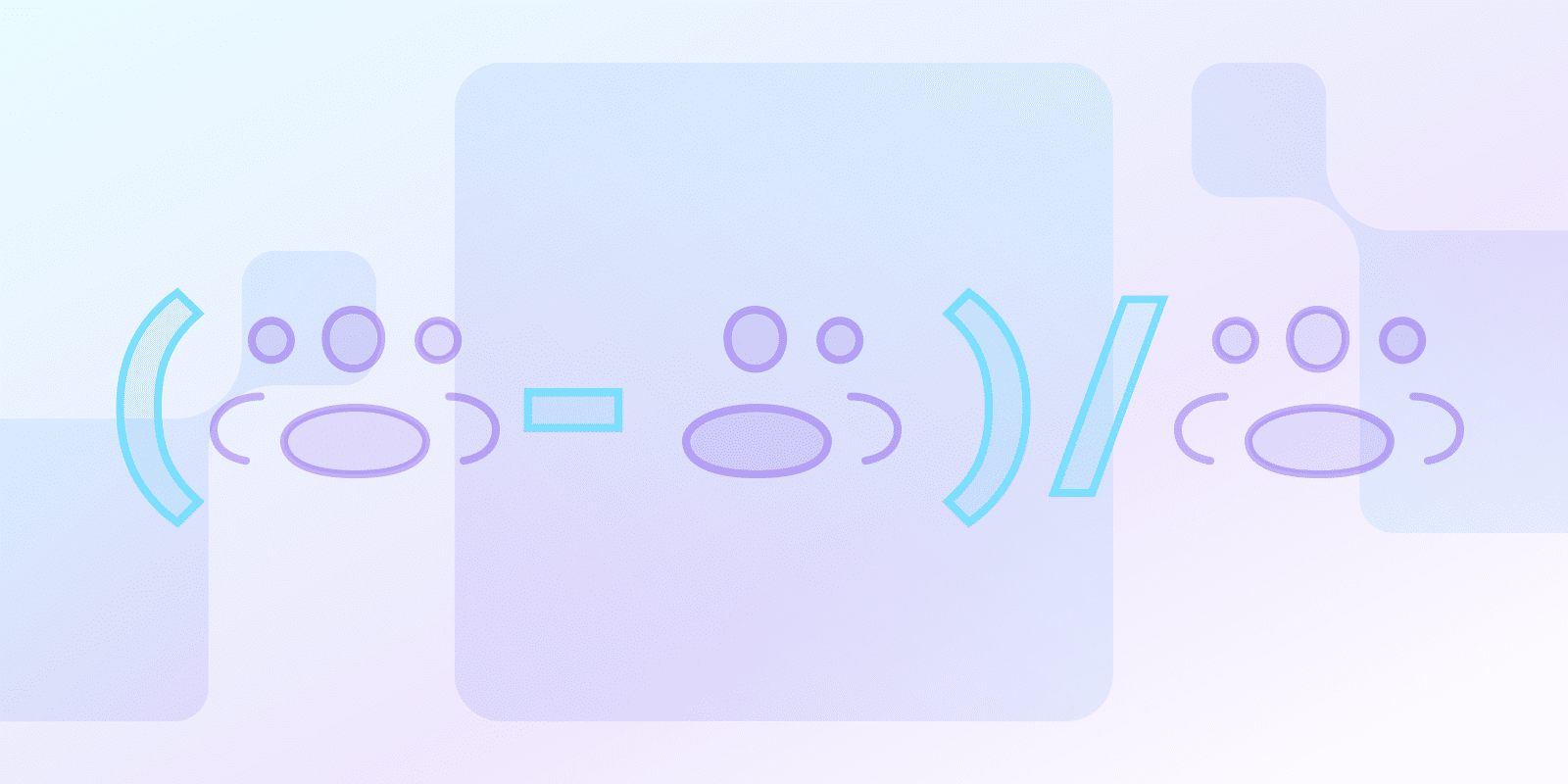Métricas e KPIs de SaaS
O que é Churn de SaaS?

O que é rotatividade em SaaS?
A taxa de rotatividade de SaaS rastreia a taxa na qual os usuários deixam de utilizar ou pagar por uma oferta de SaaS dentro de um período designado. Este é um indicador importante, pois representa a perda de clientes, o que afeta o valor vitalício, a retenção e, eventualmente, a lucratividade.
A taxa de rotatividade também é essencial para a previsão de receita e estimativa da probabilidade de cancelamento do cliente. A satisfação e a rotatividade do cliente têm um impacto direto nas principais medidas de desempenho, como crescimento, ARR, MRR e taxas de renovação para empresas de SaaS bem estabelecidas.
Por que a rotatividade é a métrica mais importante para empresas de SaaS?
Analisar a rotatividade de SaaS, ou a taxa na qual os clientes param de usar seu produto, fornece insights valiosos sobre os fatores que afetam seu crescimento e receita. A perda excessiva de clientes resulta em oportunidades perdidas para expandir sua clientela e aumentar as vendas.
Você pode identificar as causas da insatisfação do cliente e fazer os ajustes necessários para mantê-los observando atentamente sua taxa de rotatividade. Uma alta taxa de rotatividade pode ameaçar a viabilidade e lucratividade de longo prazo do seu negócio de SaaS; portanto, você deve agir rapidamente para mitigá-la.
| Métrica | Rotatividade de Clientes | Rotatividade de Receita |
|---|---|---|
| Definição | ||
| O que ele mede | Percentual de clientes perdidos | Impacto financeiro da perda de clientes |
| Fatores de Cálculo | ||
| Considerações importantes | Número total de clientes que saíram | Receita perdida com downgrades e cancelamentos |
| Precisão do Impacto | Taxa básica de atrito de clientes | Avaliação detalhada da saúde financeira |
| Implicações Comerciais | ||
| Insights Estratégicos | Satisfação geral do cliente | Desempenho financeiro direto |
Como você calcula a taxa de rotatividade?
Determine o número de clientes que você tem no início de um determinado período para avaliar sua taxa de rotatividade. Dependendo da frequência desejada, isso pode ser um mês, três meses ou até um ano.
Em seguida, descubra quantos clientes você perdeu no mesmo período. Clientes que deixaram de fazer negócios com você de qualquer outra forma, como cancelar suas contas ou assinaturas, estão incluídos aqui.
Divida o número de clientes perdidos pelo número total de clientes que você tinha no início do período. Multiplique o resultado por 100 para expressá-lo como uma porcentagem. Esta é a sua taxa de rotatividade.
Por exemplo, se você começou o mês com 1.000 clientes e perdeu 50 durante o mês, sua taxa de rotatividade seria de 5% (50 / 1.000 = 0,05 * 100 = 5%).
Como o churn de clientes difere do churn de receita?
Aqui estão as diferenças entre os dois:
- A rotatividade de receita calcula o efeito financeiro dessas perdas, incluindo rebaixamentos, enquanto a rotatividade de clientes calcula a porcentagem de consumidores perdidos.
- Como a rotatividade de receita leva em consideração a receita que cada cliente gera, é possível estimar o impacto na saúde financeira de uma empresa com maior precisão.
Monitorar esses dois indicadores fornece uma imagem mais completa de como a rotatividade afeta sua empresa. Embora a rotatividade de membros premium possa influenciar os resultados financeiros, ela pode não ser totalmente responsável pelo impacto financeiro.
Quais são as principais razões por trás da rotatividade de clientes?
Várias causas podem levar à rotatividade de clientes, incluindo:
- preços inconsistentes
- deficiências do produto
- pressão de concorrentes
- mudanças nas operações internas da empresa
- falta de valor percebido
- atendimento ao cliente inadequado
- acesso limitado à liderança
As empresas devem compreender as razões fundamentais por trás da perda de clientes para desenvolver estratégias de retenção.
As empresas podem reduzir a rotatividade de funcionários colocando em prática estratégias como preços competitivos, melhor qualidade do produto, maior atendimento ao cliente e linhas abertas de comunicação com executivos.
Como você pode identificar clientes em risco de rotatividade?
As empresas podem identificar clientes com probabilidade de sair usando estratégias orientadas a dados.
Essas táticas incluem plataformas de inteligência de conversação que analisam as conversas dos clientes para identificar indicadores de risco de rotatividade, análise de coorte que auxilia no rastreamento da atividade do cliente dentro de grupos específicos, análise preditiva que avalia padrões de dados do cliente para prever a probabilidade de rotatividade e monitorar mudanças no nível da empresa, como fusões e aquisições, que podem impactar o comportamento do cliente.
Para identificar consumidores em risco logo no início, é importante compilar informações de várias fontes. Reconhecer clientes que podem estar pensando em sair permite que as empresas priorizem ações que atendam às suas preocupações e possivelmente os impeçam de sair. É crucial lembrar que essas estratégias precisam ser personalizadas para o modelo de negócios e setor específicos.
Conclusão
Um indicador-chave da taxa na qual os usuários param de pagar ou utilizar uma plataforma SaaS é a rotatividade de SaaS. Como tem um efeito imediato na receita, no valor vitalício do cliente e na retenção, a rotatividade deve ser rastreada e tratada para alcançar crescimento e lucratividade sustentáveis.